Photographer Captures the Enduring Grandeur of the Steinway Piano Factory
Christopher Payne’s new book strikes a chord
Christopher Payne hadn’t played the piano in years when he toured the Steinway & Sons Piano Factory in Astoria, Queens in 2002. But when the industrial photographer made his first trip to One Steinway Avenue, he found himself overcome with emotion as he watched the elaborate process that transformed trunks of wood into the familiar shape of the instrument.
The architect-turned-photographer, whose book on the Steinway factory is out in limited release, grew up in Boston, Massachusetts, among harpsichords, a clavichord, a piano and a cello. His mother teaches music and plays the cello, and his father, who died in 2008, was a renowned harpsichordist. Payne spent his summers at his grandmother’s place in Fort Worth, Texas. A piano teacher, she taught him about the instrument.
Payne never inherited his family's ear for music. Instead, he had an eye for visuals. He was schooled as an architect before beginning his career in photography. With Making Steinway, Payne shifts his approach from his earlier work. Rather than stitch together images to create a whole, as he did when he documented New York's substations and state mental hospitals, he deconstructs the factory into parts. His photography captures what's essential and distinctive about the factory, and how its instruments and occupants reflect the building's function.
He sees Making Steinway as a sort of redemption for never having learned the instrument properly himself. The book is dedicated to his grandmother. Though he can’t remember the songs that came out of her garage (which she’d converted into a piano studio), he can still clearly picture her used Steinway. The instrument remained a point of pride for her—a symbol of success after growing up in the Great Depression. She taught piano for 75 years until she suffered from a stroke a little more than a decade ago.
Anyone can take the three-hour tour of the Steinway factory for themselves to watch the iconic pianos being made in person. But Payne's eye gives the familiar factory new life—and serves as a stand-in for those who can't travel to see the pianos be born. He shared the timeless qualities and subtle changes that he documented during his time there during an interview with Smithsonian.com:
What first brought you to tour the Steinway factory?
I toured the factory by accident in 2002, kind of on a whim. I think the tour was part of some industrial group that I was part of. I saw a couple things that almost moved me to tears. It's really a process in the beginning. Where they take their long sticks of wood, 16 feet long or 20 feet long, and they bend eight of these planks into the shape of a limb. It's the process where the piano takes on that first iconic shape.
It's really moving because it happens in about 20 minutes. They have to bend it around this rim while the glue is still wet. Then the glue sets, and you've got these eight or 16 pieces of maple that are sort of bent into the shape. It's really amazing because when they pull it out after a couple of hours, it is in the shape of a piano. I just thought to see that, the first step, you know, was just really moving. That it would eventually become, a year later, an incredible instrument that does magical things.
A name recognized around the world.
And yet it starts out messy. The guys are slapping glue on it and forcing the wood around. It's really messy, and they have to get it quickly. The patent is from 1880 and it really hasn't changed.
It’s really moving walking into the room where they condition the wood, and how long it takes to condition the wood. It has to dry out and take its shape; really, everything gets locked in. The humidity is very controlled. After they pull it out of this room, it's ready to be milled, sanded down and turned into a piece of fine furniture.
There's a photo in this book where you can see through the rims. You can actually walk in the pianos. It looks like a hallway. It's really cool. It's this dark, very warm room where they condition these rims, and the lights aren't normally on. They've got these things lined up in rows. You can just walk through them. You turn the lights on, and it's still very dark in there, and it is just incredible. I remember thinking, "This would make an incredible photo." I thought about these two moments for about eight years, and it took about a year or more to get the faculty to let me in.
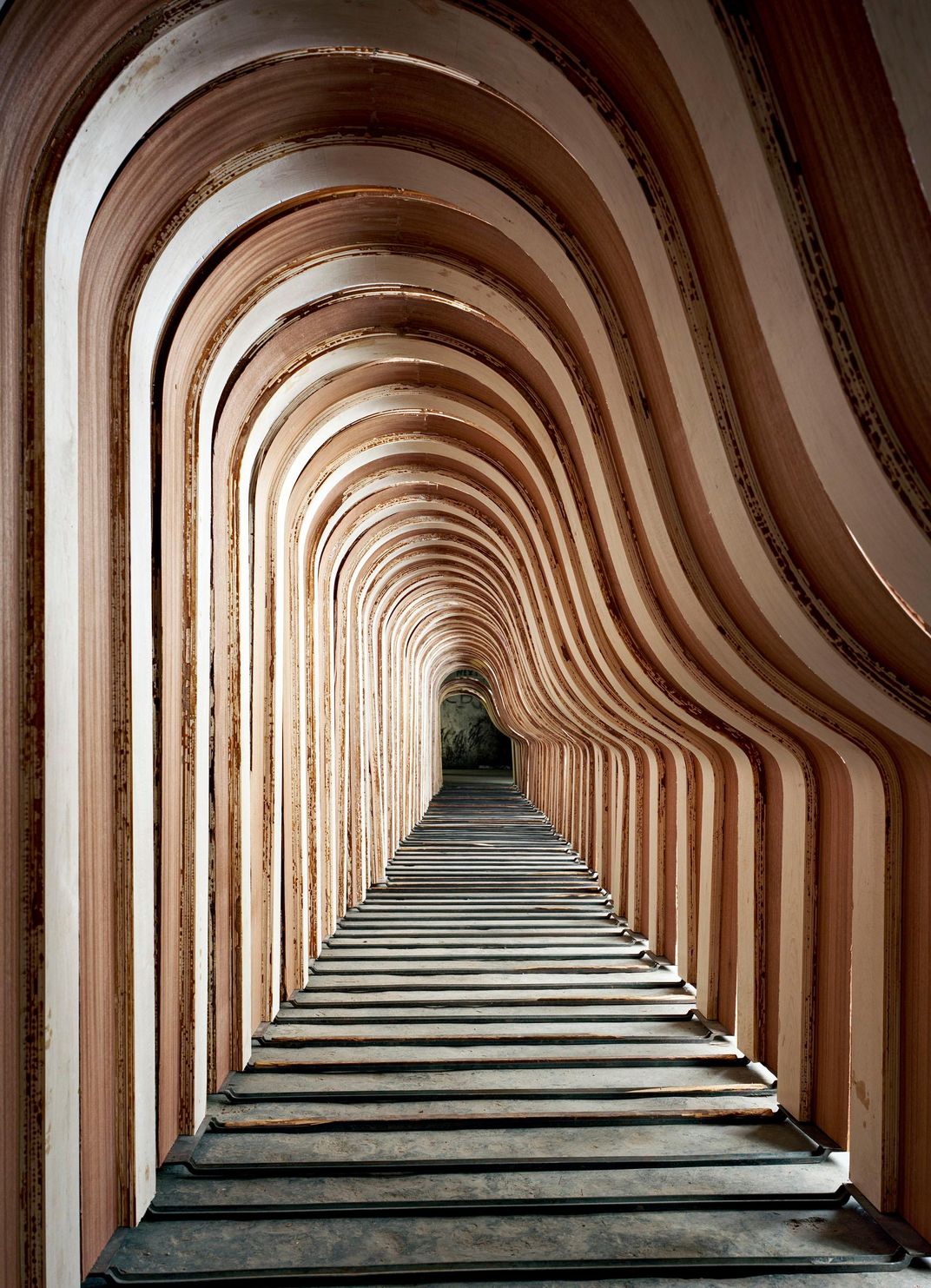
Why did it take you so long to decide to photograph the factory?
I was working on my book [Asylum: Inside the Closed World of State Mental Hospitals]. I'd been shooting abandoned things for a long time, and that just wasn't very challenging anymore. It seemed like this would really push me out of my comfort zone.
In what ways?
I was shooting people who were moving and doing things who couldn't stop very easily. The interior of the factory is not this grand, well-lit space with tall ceilings. It's cramped. It's not necessarily dark, but it's not photogenic. It doesn't always translate into a heroic shot. I just thought that would be a real challenge.
Tell me about your grandmother.
She was a very generous person with her time, and her love and her resources. I remember when she got her Steinway. She couldn't afford a new one so she got a used one, and she was so proud of it. I think it really comes from that era of growing up without any money. She loved her Steinway, and it was sort of a sign of success. She continued to teach until she had a stroke. She was teaching right up to the end.
What stands out to you about her Steinway?
It was a huge one, but it was still really quite beautiful. There was something simple and eloquent about it. It wasn't a flashy shiny piano. It was reddish brown—the wood was brown, could be walnut. It was really beautiful, and it was older. You sensed the weight of its history just by looking at it. It was always the same when I went down there. When I got older it was always this place that was just locked in time, but not a time capsule or anything. You know, little kids and teenagers need reassurances that there's one place you go, and it’s just consistent.
What kind of research did you do for Making Steinway? I loved the shot of the man holding a picture of factory workers from the past.
That's actually Wally in the picture—Wally Boot. He's been there since the 1960s. Wally was a total hippie; he drove a big motorcycle and wore all the clothing you would think of for the period. The guys he's with are these Italians, total New Yorkers, all on strike. He's there, just joining them as a new employee.
/https://tf-cmsv2-smithsonianmag-media.s3.amazonaws.com/filer/4f/55/4f55bcbf-c4ac-4c0b-894d-405950a9df1c/2016cp05453.jpg)
So he’s the one with the long hair on the far right?
Yeah, the one who looks like a hippie. He survived them all. He retired a couple of years ago. We still keep in touch. He'd been there for over 50 years. What's great about Wally was he was the last person to touch a piano before they left. They called them tone regulators. He would make the final adjustments to the piano to make sure they sounded great. He had his own special world, called Wally's World with all of his stuff, all his souvenirs. People would come by and say hi to him. People would autograph his stuff—celebrities, that kind of thing.
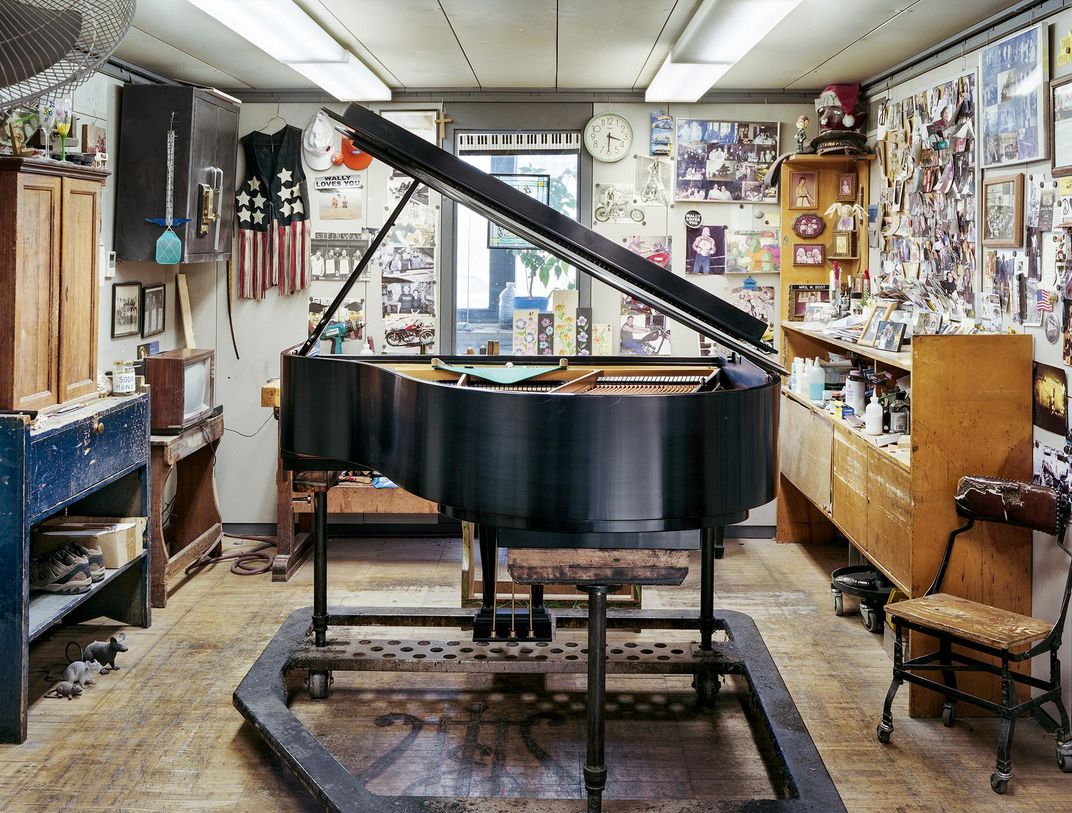
I couldn't look away from his hands.
Yeah, they're really worn away. There's a whole page in the book with shot of his hands.
What was it like working with the people in the factory during the project?
A lot of the guys from the factory are from all parts of the world and didn't speak English well. Most of my interaction was getting to know them as people, getting them to feel comfortable with me. There were a few people that worked there for 40-plus years. I didn't know until someone told me. A lot of them are very humble, self effacing. They're really friendly, but they're not inclined to brag about themselves. I got to know these guys very well, to the point where I felt like I was an employee there.
What does the Steinway factory sound like?
In the interior, you hear pianos being played, but it's just [a] hum of activities. Some areas are really loud.
When I looked through your photographs of the factory, I felt like you could have told me these photos were taken during any decade over the past century.
They used machines for things that do not affect the quality of the instrument, but which will speed up or make the quality of more consistent or improve the construction. If it's a musical attribute, it's still done by hand. It's putting together all these dozens of parts by hand so that's insane so it's all pretty much done by hand eye and feel.
Your work has focused in the past on spaces that have been abandoned. Does Making Steinway share any themes with your earlier work?
I used the same equipment, and you know, it just required what I had always done, which was just looking at this stuff. Most of the time you spend, looking, watching. In the case of people, it’s working to be one step ahead with what they're doing, so you can anticipate where they'll be. Work progresses kind of slowly. It was a meditative process. You kind of get lost in what they're doing.
I think it goes back to my architecture career, having an interest in how things are designed, and how they are constructed, and how they work. Taking pictures, like drawing, is a way for me to understand these processes. I've always had an interest in infrastructure and industry—things beneath the surface, things that aren't seen.
Planning Your Next Trip?
Explore great travel deals
Smithsonian magazine participates in affiliate link advertising programs. If you purchase an item through these links, we receive a commission.
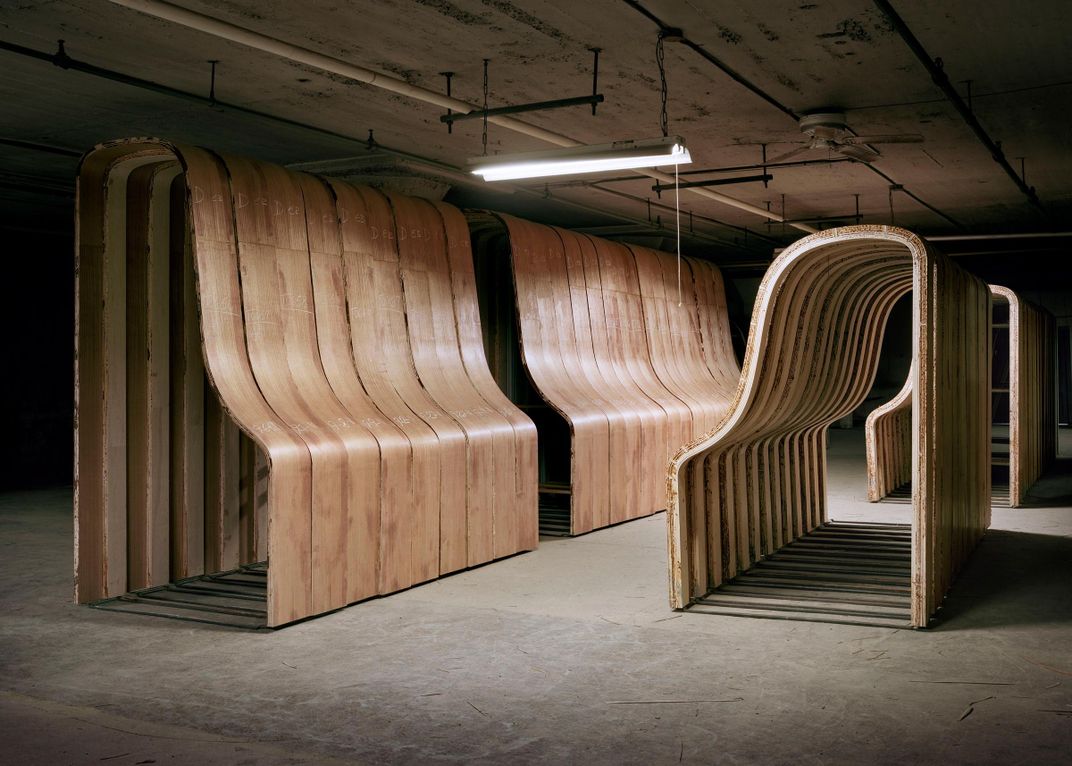
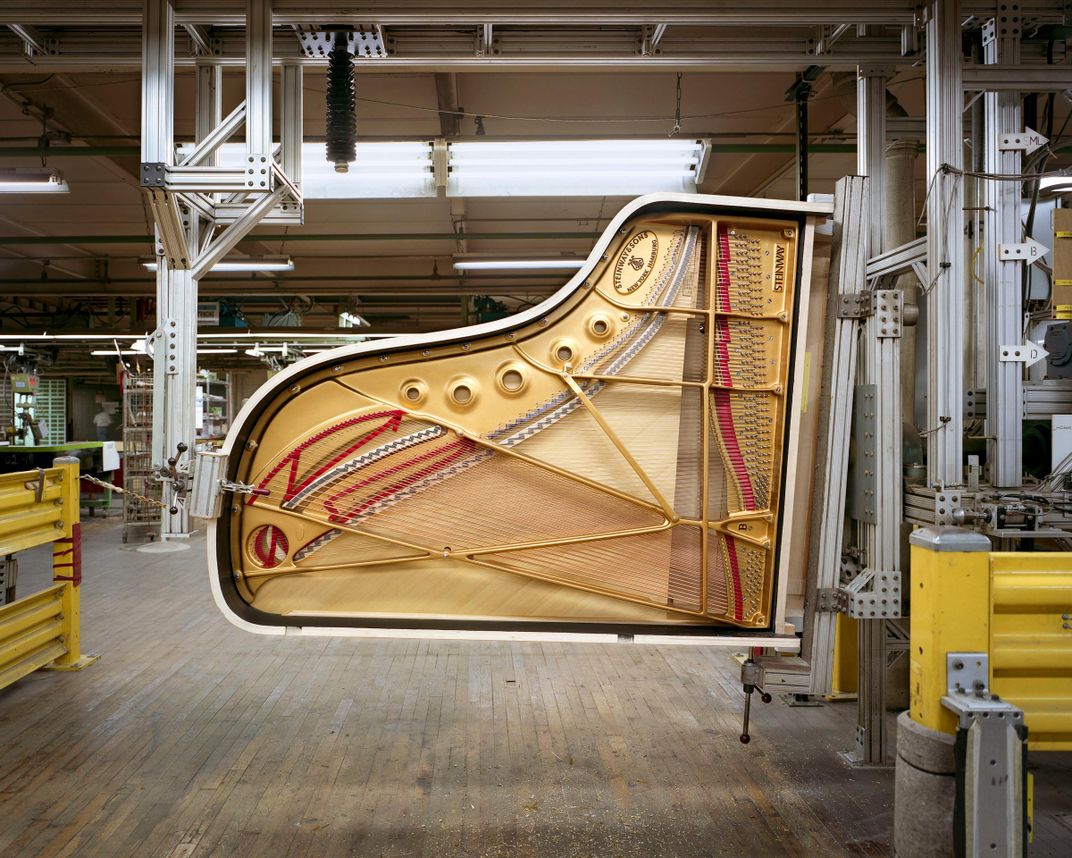
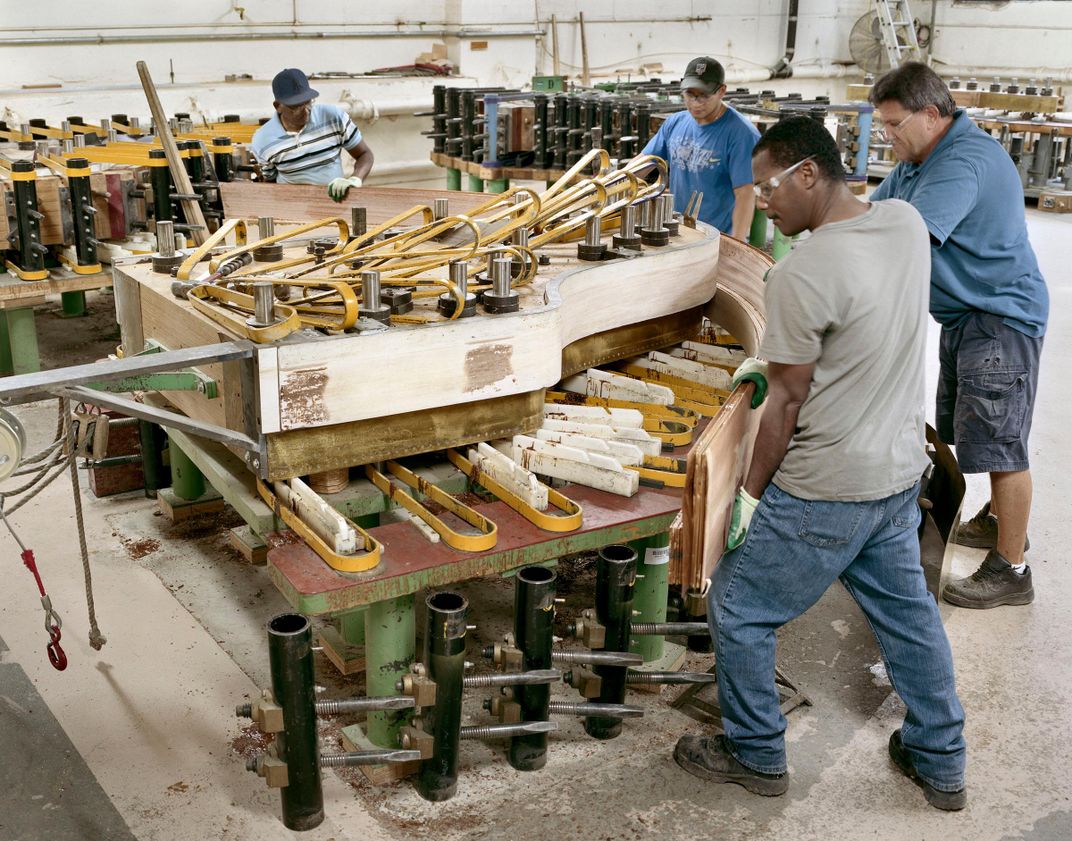
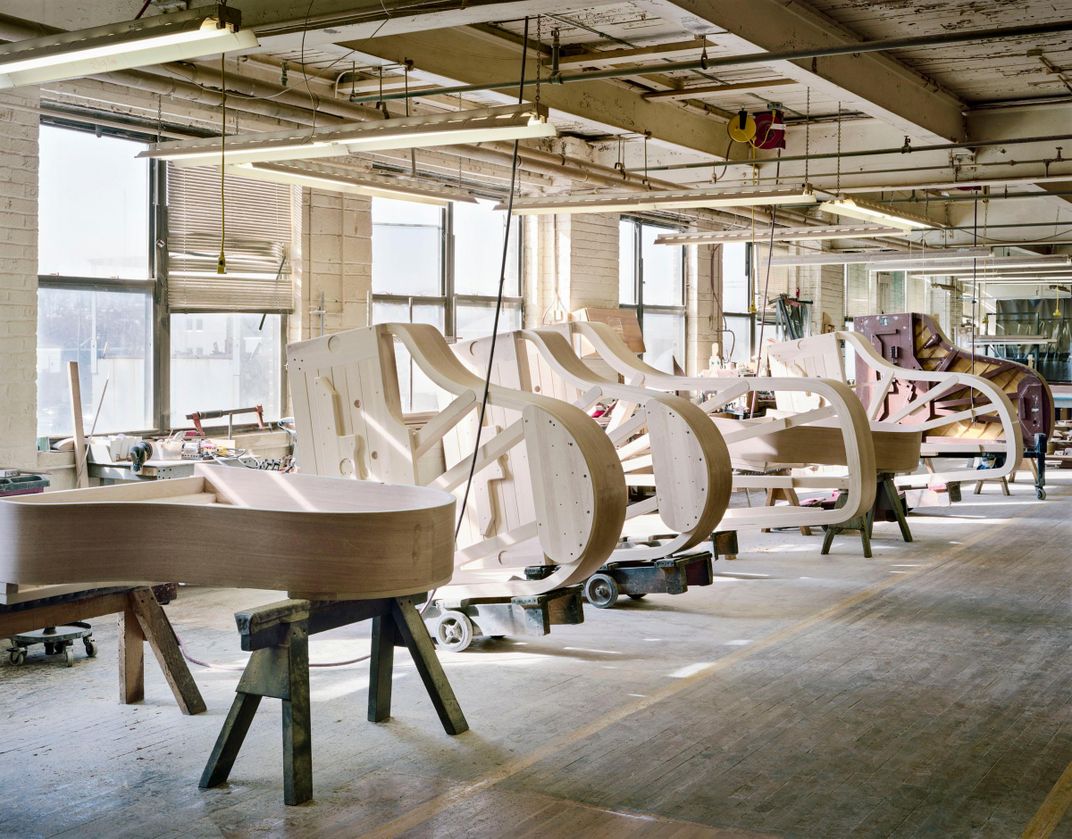
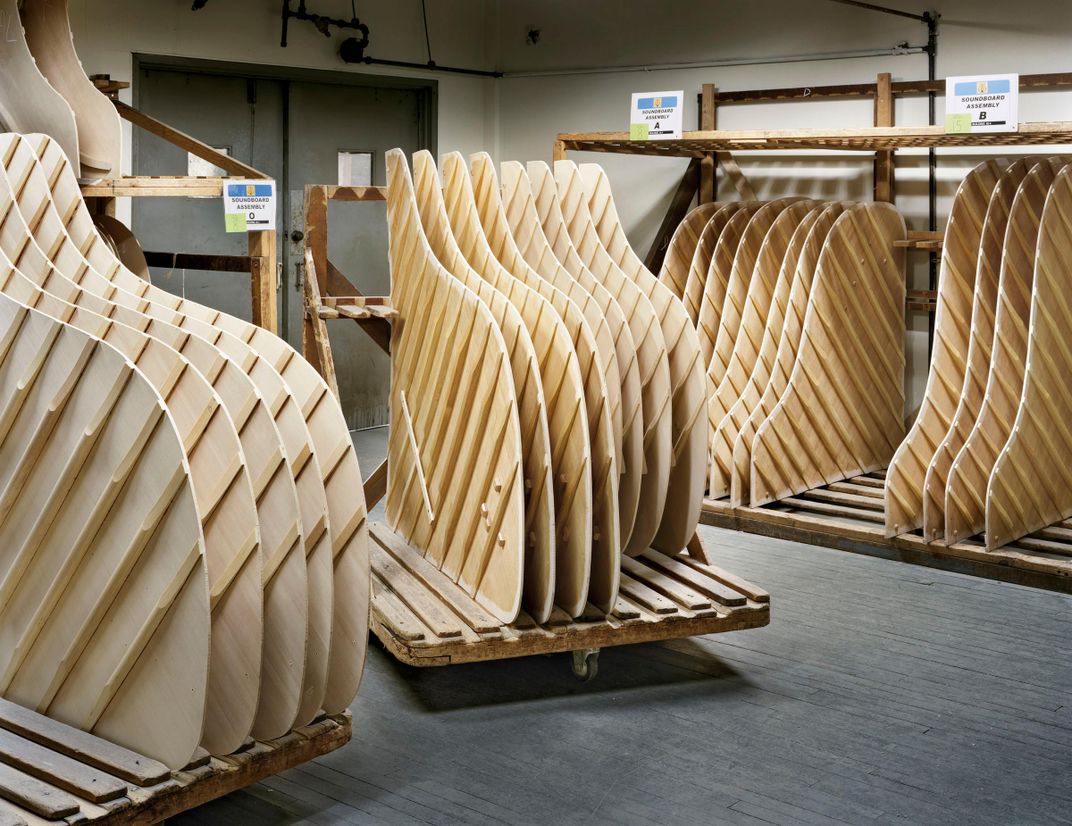
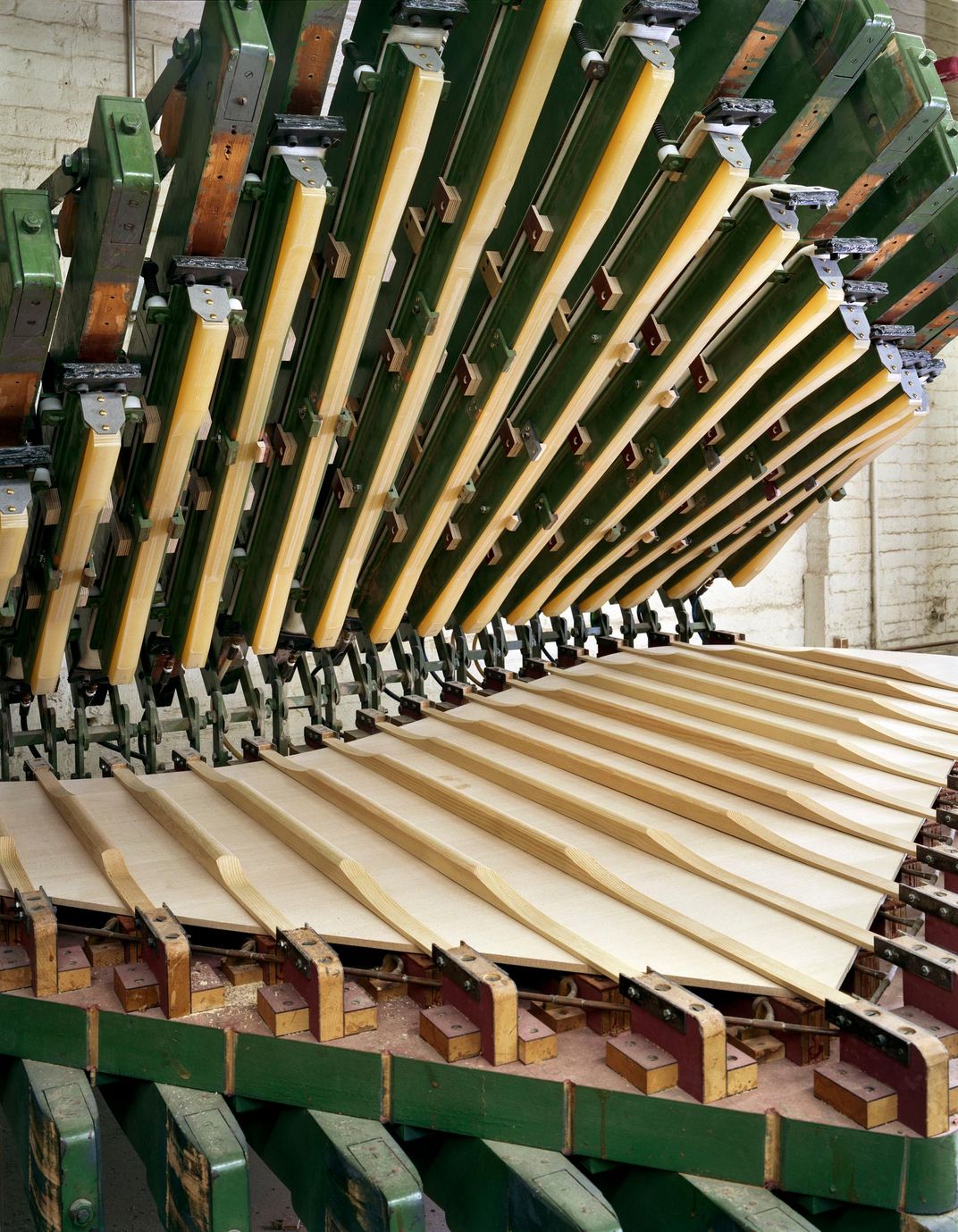
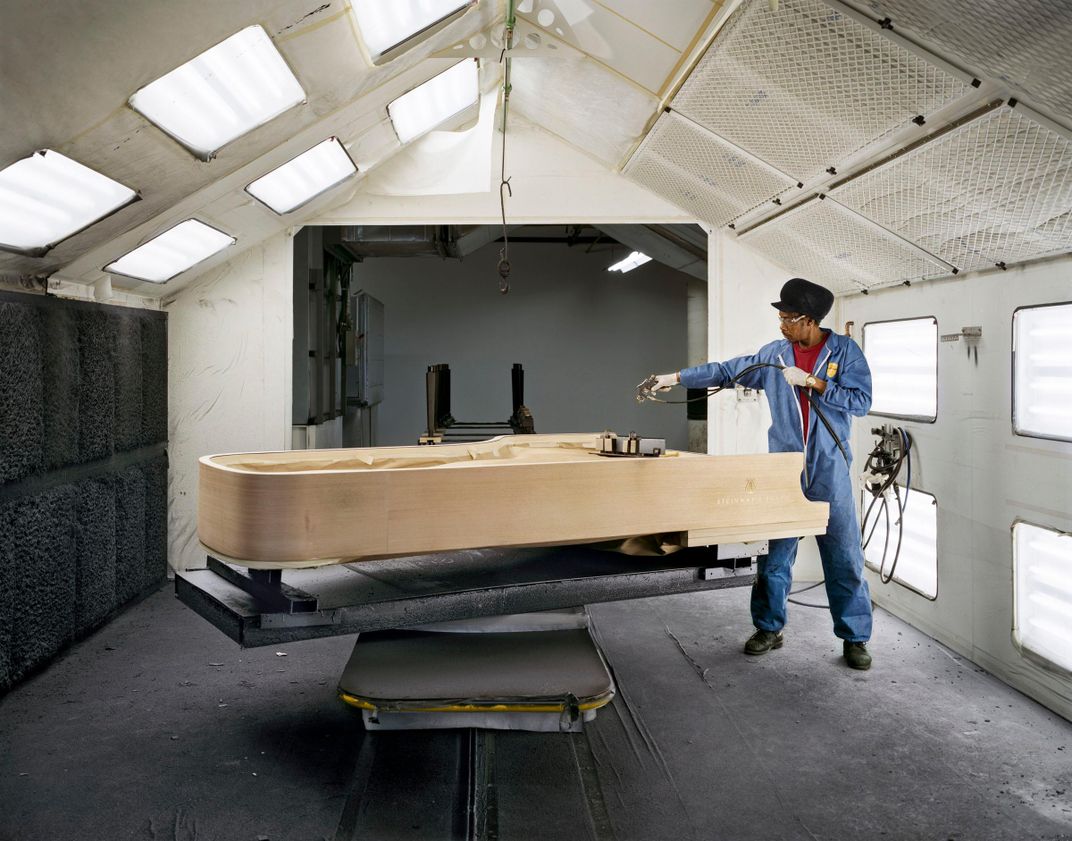
/https://tf-cmsv2-smithsonianmag-media.s3.amazonaws.com/filer/71/d7/71d7bc4e-3ad0-44b7-9bcd-8ce3d92e6602/2016cp05427.jpg)